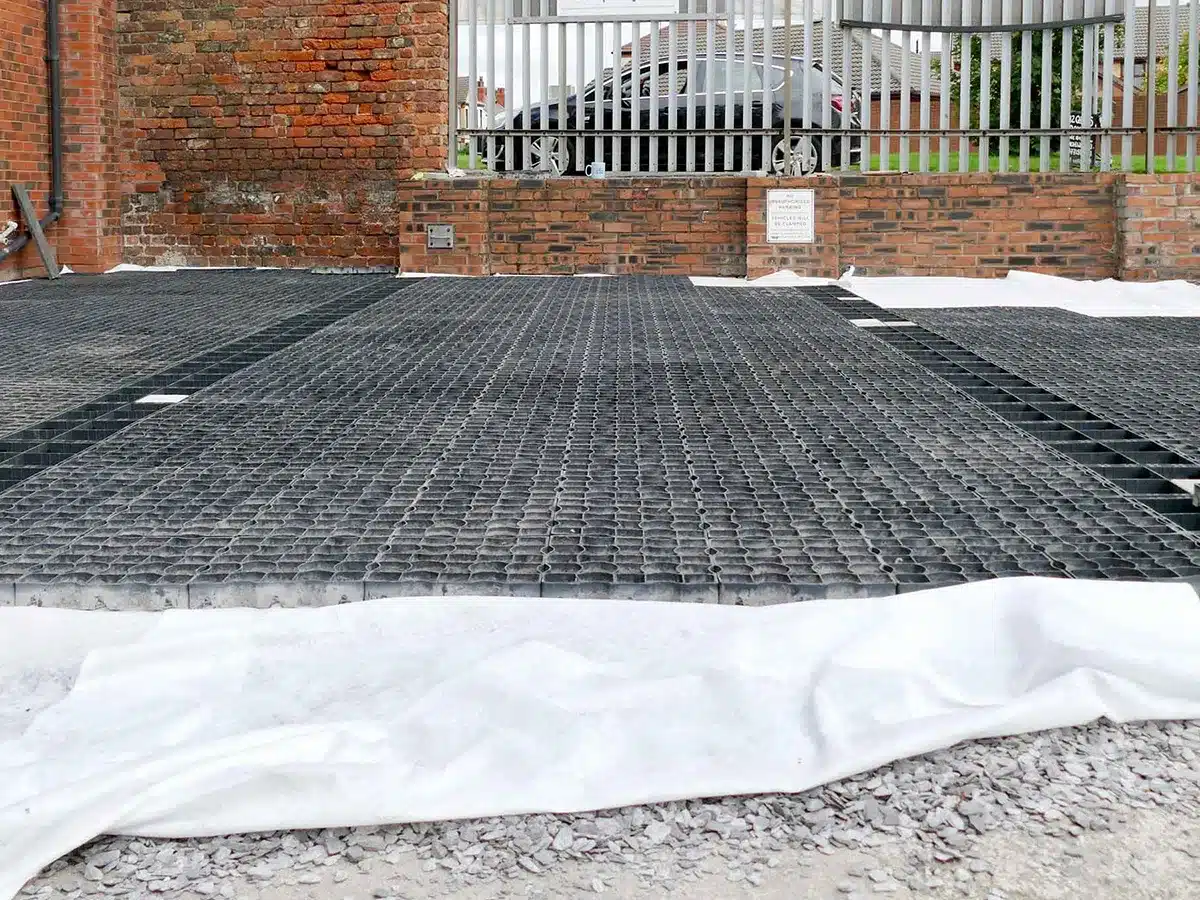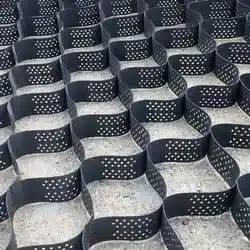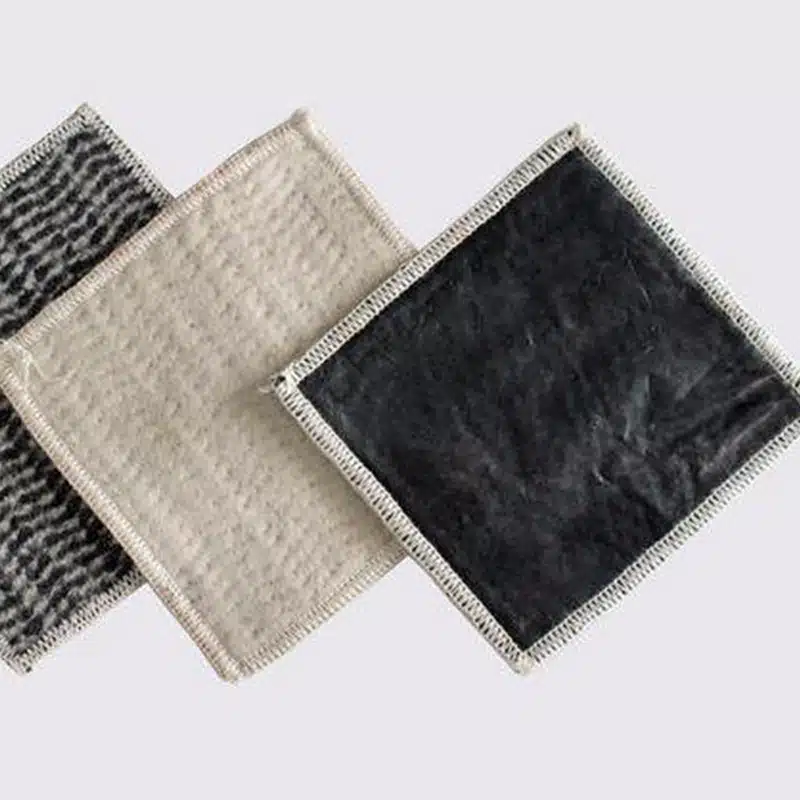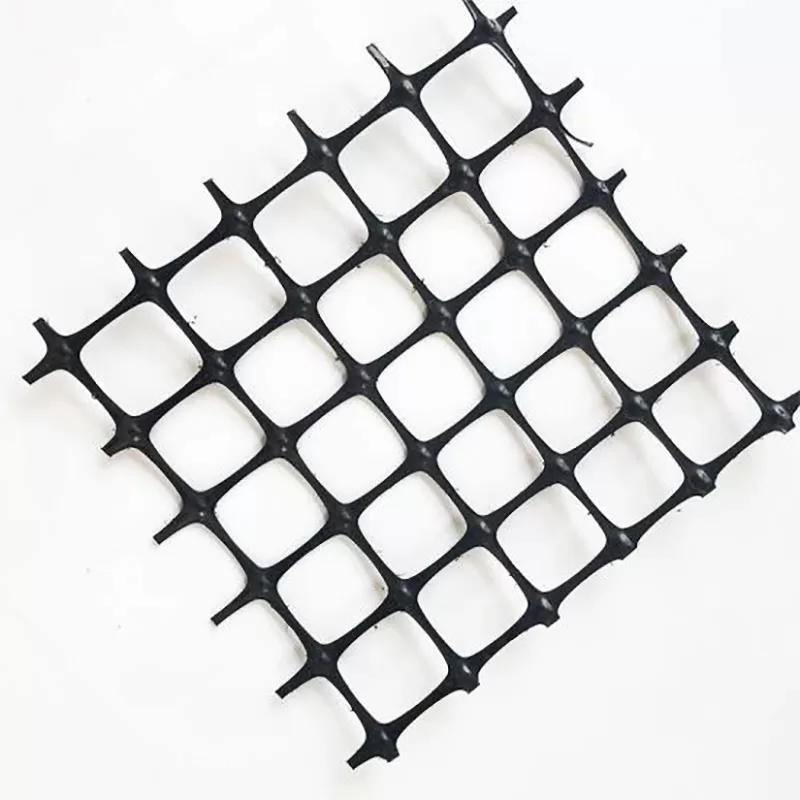+86-159 9860 6917
info@geofantex.com
geofantex@gmail.com
+86-400-8266163-44899
In the realm of construction and landscaping, the strength and longevity of structures are paramount. One technology that has revolutionized these sectors is geosynthetic reinforcement, a solution that not only enhances durability but also offers environmental benefits. However, navigating through the myriad options and applications of geosynthetics can be daunting. This article delves into the essentials of geosynthetic reinforcement, covering its types, uses, and where to find these innovative materials.

What is Geosynthetic Reinforcement?
Geosynthetic reinforcement refers to the use of synthetic materials to enhance the mechanical properties of soil and other construction materials, acting as a reinforcing element to the soil matrix helping to provide a stronger structural material. These reinforcements come in various forms, including geotextiles, geogrids, and geomembranes, each serving specific functions such as separation, filtration, reinforcement, and protection. By integrating into the soil matrix, geosynthetic materials distribute loads more evenly, significantly improving soil stability and preventing erosion, thereby becoming indispensable in modern construction projects.
What are the Geosynthetic Materials for Reinforcement?
The main geosynthetic materials for reinforcement include:
- Geotextiles: Specifically, polypropylene woven geotextiles, alongside those made from polyester, are types of permeable fabrics with excellent separation, filtration, and reinforcement capabilities. These materials are extensively used in constructing roads, embankments, and drainage systems due to their durability and effectiveness.
- Geogrids: Featuring a grid-like structure, geogrids are utilized to reinforce soils and other materials. Their unique open structure allows for interlocking with the filling material, ensuring superior stabilization and optimal load distribution.
- Geomembranes: These impermeable membranes, used primarily for containment and environmental protection, play a crucial role in applications such as landfill liners and water reservoirs.

What is Geosynthetic Reinforcement for Retaining Walls?
Geosynthetic reinforcement for retaining walls involves using geotextiles or geogrids to stabilize and strengthen the soil behind the wall. By integrating these materials into the construction, specifically, the block of soil is stabilized by introducing reinforcement layers into the soil mass behind the facing units, the wall is enabled to withstand higher loads and resist pressures from the soil, effectively preventing collapse or deformation. This method proves particularly useful in areas with challenging soil conditions or where space constraints prevent the use of traditional reinforcement methods, offering a robust solution for ensuring the longevity and stability of retaining structures.
Do You Need Geotextile for Retaining Wall?
While not every retaining wall requires geotextile reinforcement, it is highly recommended in situations where soil stability is a concern. Geotextiles help in:
- Improving structural integrity: They distribute stress and reduce pressure on the wall, enhancing its stability and longevity.
- Erosion control: Geotextiles prevent soil loss behind the wall, which is crucial in maintaining the wall’s foundation.
- Drainage: Geotextile will prevent the soil from pushing its way into the drainage aggregate and will help keep your retaining wall dry. They allow water to pass through while retaining soil, thus preventing water buildup and pressure that could lead to wall failure.
Considering these benefits, incorporating geotextile reinforcement in retaining walls is a wise investment, particularly in environments prone to heavy rain or where soil conditions are less than ideal. This strategic approach ensures not only the structural integrity of the wall but also contributes to its longevity by maintaining optimal drainage and soil stability.
Geosynthetic reinforcements, including geotextiles, geogrids, and geomembranes, offer robust solutions for enhancing the stability and durability of various construction and landscaping projects. Whether it’s reinforcing retaining walls or ensuring the longevity of roads and embankments, these materials prove indispensable. When considering where to buy geosynthetic reinforcement, it’s essential to choose reputable suppliers specializing in high-quality construction materials. Doing so ensures that your projects not only meet but exceed expectations, standing the test of time with resilience and integrity.



Get Free Sample
We’ll respond as soon as possible(within 12 hours)






















